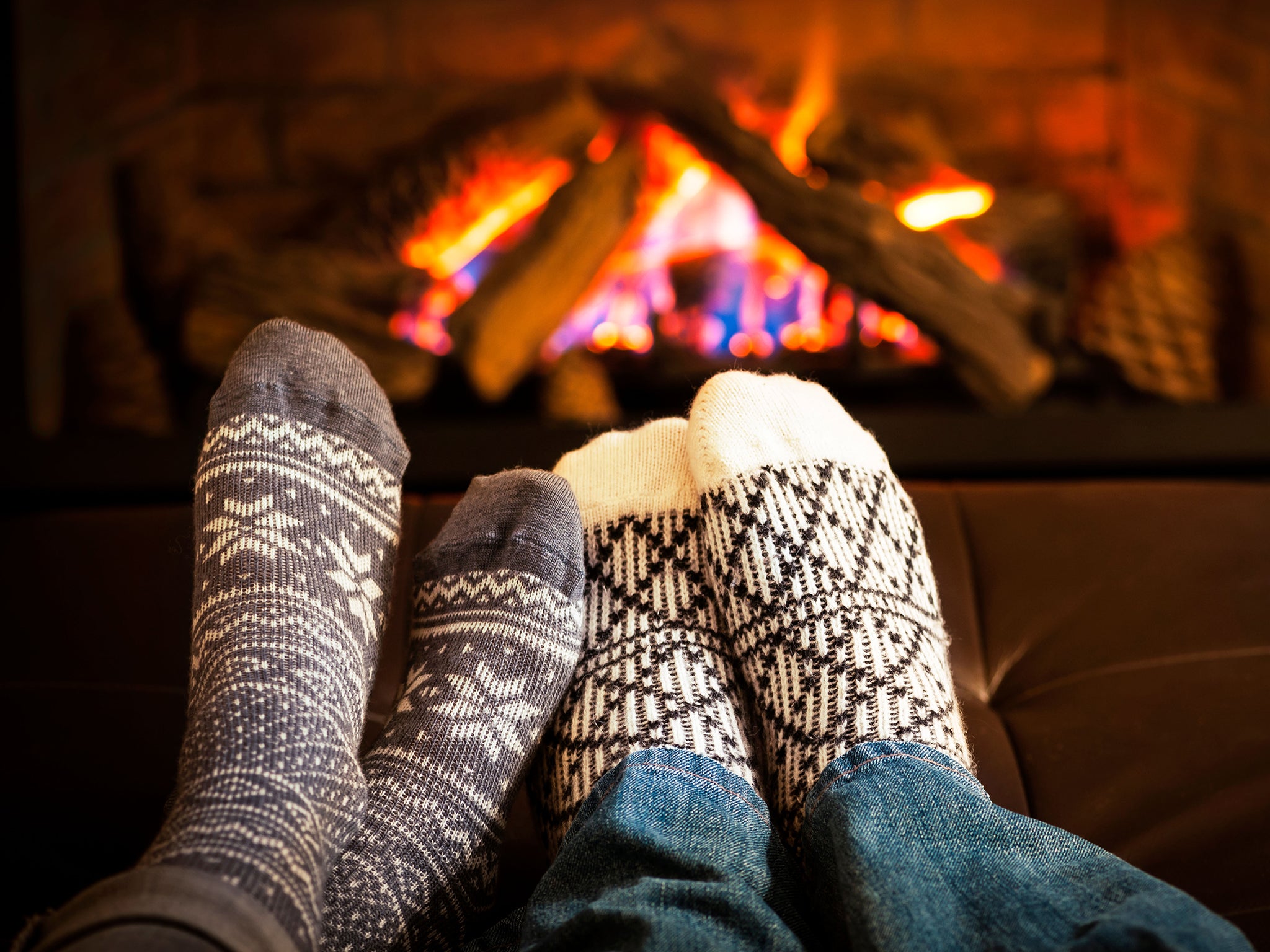How to banish the winter blues – Danish style
Danes are a happy bunch despite their long winters – this is how 'hygge' (cosiness) keeps them smilling

The smell of pork ribs on the barbecue or quenching your thirst with jugs of Pimm’s as you chatter among friends late into a midsummer’s night is all but a distant memory as the days are getting shorter, darker and we’re hovering over the heating button in fear of the annual energy bill hike. But with the clocks turning back at the end of this month, now is the perfect time to practice some hygge. This Scandi-salvation will not only aid us through the darkness and cold – it may even help us to enjoy it.
Hygge, pronounced “Hyoo-guh” is as Danish as a pork roast or pastry. With no direct English translation, it is most closely translated as “cosiness,” and in essence is about achieving intimacy and happiness in the smallest everyday moments. Think woolly jumpers, your favourite Netflix shows, a group of friends, good food – and plenty of candles – that’s hygge.
Kathrine Lind Gustavussen of Visit Denmark describes it as a “feeling of wellbeing or creating a warm atmosphere, or to feel really happy and relaxed and enjoy the simple pleasures in life”.
Describing a hygge situation, she says: “On a rainy day something very hygge to do would be to lie on the sofa wrapped up in some woollen socks with a hot chocolate, watching a good film or reading a nice book. That could be with friends or on your own.”
How to get hygge at home
Hello hygge: Want to add a touch of hygge to your life? Follow the Hello Hygge blog run by Kayleigh Tanner. The Brighton-based author talks travel, food and music to help you achieve a hygge environment. (hellohygge.com)
Highland hygge: Enjoy more Scandi-bliss and head to Scotland’s Scandinavian Village in the Cairngorms National Park, where you can enjoy a weekend break in a log cabin with a roaring fire. (visitcairngorms.com)
Skandinavisk: No time to fly to Denmark? Can’t afford to redecorate? Try some candles. Skandinavisk creates candles with scents inspired by the nature, seasons and traditions of Scandinavia. (johnlewis.com)
26 Grains: Alex Hely-Hutchinson serves up “bowls of hygge” in her London café 26 Grains. Check out the website for Scandinavian cooking traditions and spices to hygge up your breakfast. (26grains.com)
The term – which isn’t solely restricted to winter – can also be used to describe a situation. “It’s such a big part of our culture,” says Lind Gustavussen. “Say I’m meeting up with a good friend tonight, next time I see her I can say ‘Oh, it was lovely to see you, we had such a hygge time’.”
First used in the 18th century, the word has evolved into a cultural panacea which can help buffer against the long cold winters. With seasonal affective disorder (SAD) affecting around one in 15 people in the UK between September and April, hygge could be an attitude to adopt to ease the winter blues.
Studies have shown that as sunlight lessens, so to do our levels of serotonin, yet Denmark – a small subarctic country where the sun often sets before 4pm – is ranked in the world’s top three happiest countries. So could the hygge concept be a contributing factor to the country’s happiness?
“Hygge is definitely important in fighting the winter blues. Candlelight is such an integral part. The winters can be long and dark, so to fight that we use hygge and millions and millions of candles that go with that atmosphere. It helps to brighten things up and make the most of those dark nights,” says Lind Gustavussen.
Despite the difficulties with translation and the even harder task of pronunciation, the UK is already seeing an increased interest in Scandinavian-themed cafés, interiors – and Morley College in London has started teaching students how to achieve hygge as part of its Danish language course. “It’s very transferable,” says Lind Gustavussen. “It’s all about thinking about your own wellbeing and how to improve the situation, when it’s cold and miserable outside, to making it cosy and warm inside.”
Join our commenting forum
Join thought-provoking conversations, follow other Independent readers and see their replies
Comments